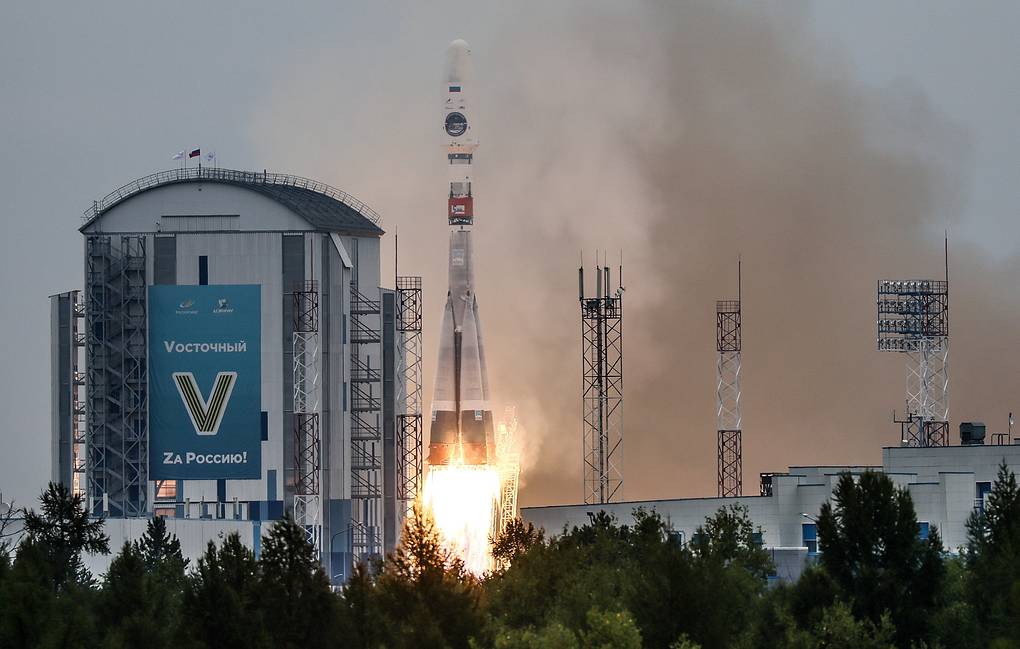Roscosmos to consider sending new mission to Moon’s south pole in 2025-26

MOSCOW, August 25. /TASS/. Russia’s State Space Corporation Roscosmos will consider sending a new mission to the south pole of the Earth’s natural satellite in 2025-2026, the Roscosmos press office announced on Friday.
Roscosmos Head Yury Borisov met with developers of the Luna-25 automatic station at the Lavochkin Research and Production Association on August 25, the press office said.
"The Roscosmos chief discussed with the enterprise’s staff and Russian scientists the possible causes of the unfinished Luna-25 mission and also further prospects of Russia’s lunar program," the press office said in a statement.
The Roscosmos head said, in particular, that the uncompleted lunar mission had not put the Moon’s exploration on hold. He urged to make conclusions and continue work, it said.
"Borisov stressed that Russian engineers and scientists were eager to continue the lunar project. The possibility of repeating the mission of landing on the Moon’s south pole in 2025-2026 can be one of the options," Roscosmos stressed.
A Soyuz-2.1b carrier rocket with the Luna-25 automatic station blasted off from the Vostochny spaceport in the Russian Far East at 2:10 a.m. Moscow time on August 11. The lunar probe carried out two orbit adjustments on August 12 and 14. On August 16, the Luna-25 automatic station entered its lunar orbit. On August 19, the lunar probe was given an impulse to create its pre-landing elliptical orbit. At about 2:57 p.m. Moscow time on August 19, contact with the Luna-25 lunar probe was lost. According to preliminary calculations, the Luna-25 automatic station ceased to exist after crashing into the Moon’s surface.
Roscosmos Head Borisov later said that a special commission had been set up to investigate the causes of the failed Luna-25 mission. He specified that the abnormal operation of the lunar probe’s thrusters in its orbit adjustment was behind the automatic station’s crash: the engines operated for 127 seconds instead of 84.
Photo by Sergey Savostyanov/TASS





